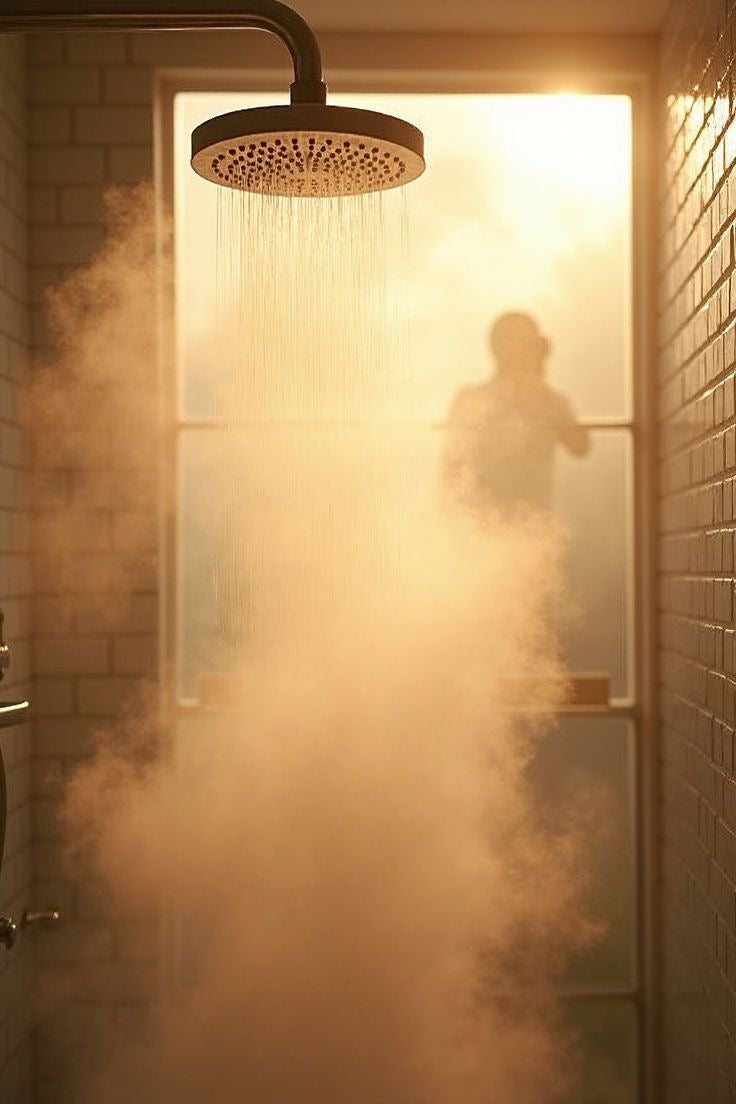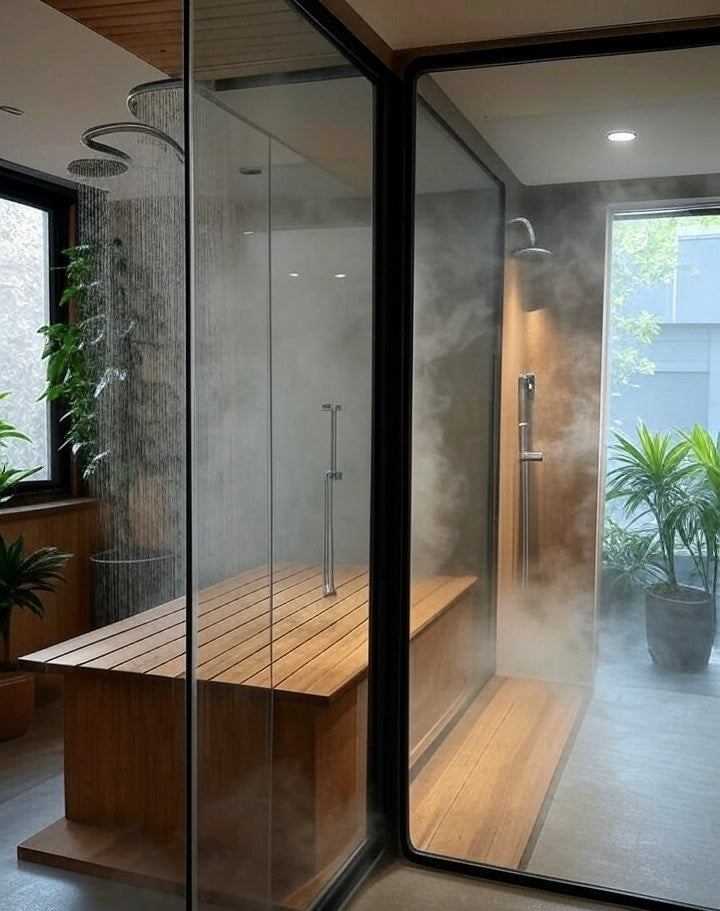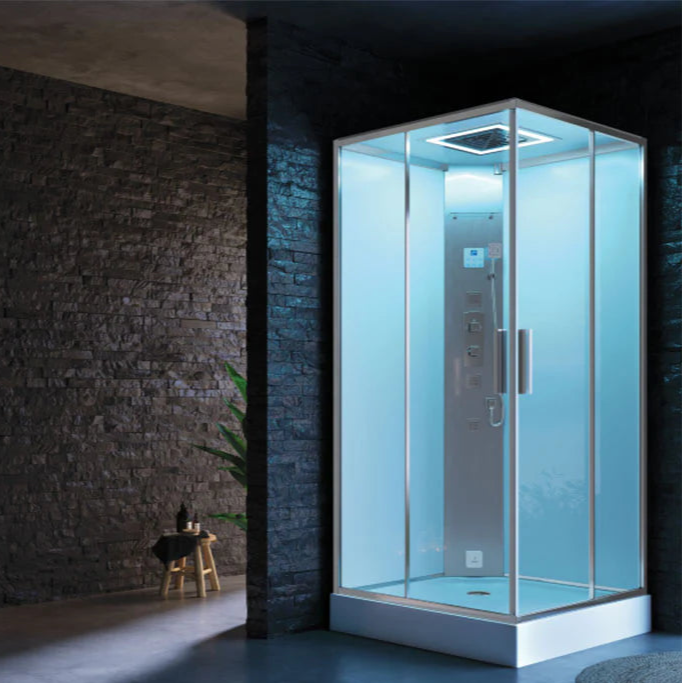Short answer: swap your Cold Plunge, Ice Bath Tub, or Cold Plunge Tub filter every 1–3 months. It keeps your water clear and safe! Read on for easy tips, reasons why, and a hassle-free way to keep your icy oasis sparkling.

1. Understanding Filter Lifespan: What Impacts Your Cold Plunge Filter Schedule?
1.1 Key Factors Influencing Filter Replacement Frequency
1.1.1 Frequency and Intensity of Cold Plunge Use (Daily, Weekly, Multiple Users)
More plunges mean more oils, sweat, and debris.
Daily or shared use leads to faster clogging.
Busy tubs often need monthly filter swaps to stay clean.
1.1.2 Water Quality and Environmental Conditions (Tap Water Hardness, Outdoor Debris)
Hard water causes mineral deposits in filters.
Outdoor tubs collect leaves, dirt, and insects faster.
Poor water quality shortens filter life and needs closer monitoring.
1.1.3 The Role of Additional Sanitisation Systems (Ozone, UV, Chemicals)
Ozone, UV, and sanitisers help reduce bacteria.
Good sanitisation can extend filter lifespan.
Balanced chemical use prevents biofilm and clogs.
1.1.4 Type and Micron Rating of Your Cold Plunge Filter
Finer filters trap more debris but clog faster.
Know your filter’s micron rating to plan cleaning.
Manufacturer guidelines will offer specific schedules.
2. Recognising the Signs: When It's Time to Clean or Replace Your Filter

2.1 Visible and Performance Indicators
2.1.1 Reduced Water Flow or Pump Strain
Weaker jets or pump noises suggest blockages.
Check for reduced flow rates that strain equipment.
2.1.2 Changes in Water Clarity, Odour, or Appearance (Cloudiness, Algae, Slime)
Cloudy or greenish water indicates poor filtration.
Strange odours mean bacteria or organic buildup.
2.1.3 Physical Damage or Discolouration of the Filter Itself
Tears or warped shapes reduce filtration.
Brown or grey discolouration shows it’s time for a change.
2.1.4 Foam or Bubbles in the Water (Sign of Flow Restriction)
Foam suggests contamination and restricted flow.
Inspect filters if bubbles form frequently.
3. Best Practices for Filter Maintenance and Optimal Water Quality
3.1 Recommended Cleaning and Replacement Frequencies
3.1.1 Weekly Rinsing vs. Monthly Replacement Guidelines (Manufacturer and Community Advice)
Rinse filters weekly to remove surface debris.
Replace them every 1–3 months depending on use.
Always follow your tub manufacturer’s recommendations.
3.1.2 Extending Filter Life Through Regular Cleaning and Care
Frequent rinsing prevents buildup.
Soak filters in gentle solutions when needed.
Avoid harsh chemicals that degrade filter fibres.
3.2 Integrating Filter Care into Your Overall Water Maintenance Routine
3.2.1 Importance of Pre-Plunge Hygiene (Showering)
Showering first keeps sweat, oils, and dirt out.
Cleaner users mean cleaner water and filters.
3.2.2 Balancing Filtration with Chemical Sanitisers and Water Testing
Test pH, alkalinity, and sanitiser levels regularly.
Balanced water supports longer filter life.
Ozone, UV, and sanitisers improve cleanliness.
3.2.3 When to Consider a Full Water Change (Beyond Just Filter Replacement)
Cloudy or smelly water might need replacing.
Schedule full changes every 1–3 months.
Fresh water plus a new filter ensures a safe soak.
Conclusion
Regular maintenance keeps your Cold Plunge, Ice Bath Tub, or Cold Plunge Tub crystal clear, safe, and inviting. Combine filter care with good hygiene and balanced water chemistry for stress-free, refreshing dips every time.
Takeaways
-
Short Answer: Change filters every 1–3 months.
-
Key Tip: More use = more frequent swaps.
-
Pro Move: Rinse weekly and test water often.
-
Hygiene Rule: Always shower before plunging!






